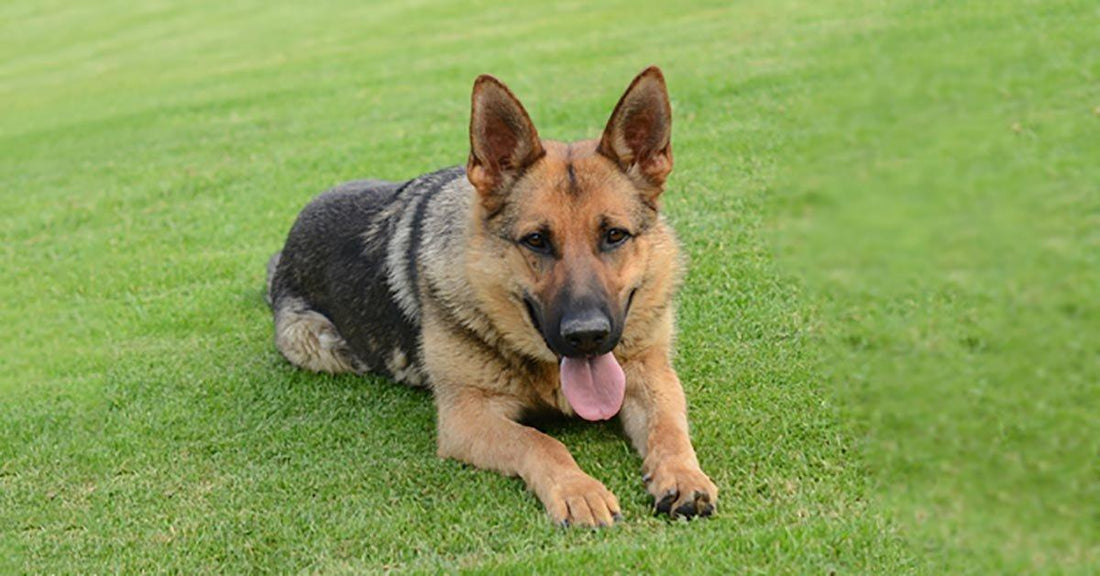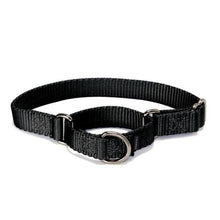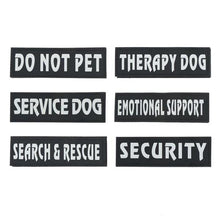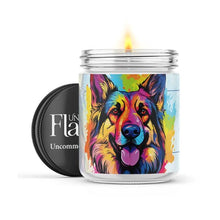How To Identify Heatstroke Emergencies In Dogs

Recognizing the signs of heatstroke in your dog is essential because every minute counts when dealing with this often fatal emergency. The longer the dog is exposed to heat, the more permanent and severe the damage. Tragically, hundreds of dogs die and suffer heat stroke each year and many deaths go unreported.
A dog’s normal temperature is 102 F. If the temperature rises above 104 F, your dog can suffer heat stroke or heat exhaustion. If his body temperature reaches 109 F or higher, the cells of his body will rapidly die, his brain will swell, and he will have seizures. The lack of blood supply to his GI tract will create ulcers, and dehydration will cause irreversible kidney damage. All these catastrophic events take place within a matter of minutes. On a nice 85 degree day, it takes only 10 minutes for the interior of your parked car to climb to 102 degrees and within a half hour, it can easily reach 120 degrees.
Leaving car windows down does not provide much help for your dog because he is naturally insulated to preserve heat and has a higher body temp than you. He simply cannot cool down and the only sweat glands he has are on the bottom of his paws. It seems so obvious, but on hot summer days, be sure your dog has plenty of shade and lots of cool water. Limit his playtime and if you must be gone, keep him indoors in the air conditioning. If that is not possible, a baby pool can offer some relief but will soon heat up in the scorching sun.
Keeping your dog’s body temperature down is the key to preventing heatstroke and heat exhaustion. Dog houses do not offer any relief and are merely hot ovens that can do more harm than good. Creating a shady place is much more effective and adding overhead misting systems is even better. Heat stroke and heat exhaustion are life threatening emergencies. The Signs of Heatstroke Include:
- Excessive panting
- Difficulty breathing
- Rapid pulse
- Excessive salivation
- Pale gums
- Rectal bleeding
- Vomiting
- Diarrhea
- Confusion
- Seizures
- Coma
- Temperature 104 or above.
First Aid for Heatstroke – At the First Sign of Heatstroke Immediately Follow these Steps:
- Get the dog into the shade and into air conditioning, if possible.
- Apply cool running water from a hose to his inner thighs, foot pads, belly, and head.
- Keep your dog standing or move his limbs so his blood circulates.
- Never immerse the dog in a bathtub, pool, or water.
- Offer small sips of cool water if the dog can swallow.
- If possible, take his temperature. If it’s under 104 F, continue first aid cooling steps and transport your dog to the vet.
- If his temperature is 104 F or above, check your dog’s breathing and heartbeat. If he has seizures or is unresponsive, immediately transport to the vet. If possible, notify the vet so they can prepare for your arrival.
- As you drive to the vet, allow the cold air conditioner to blow on your wet dog.
- Never cover the dog with wet towels unless it’s the only way you have to wet his body.
- Once the dog’s body is cooled down offer him small amounts of cool, not cold, water to drink and don’t allow him to gulp the water as it can cause the dog to bloat.
Dogs with a higher risk for heatstroke or heat exhaustion:
- Older dogs
- Puppies
- Sick dogs and those with chronic health conditions like heart disease
- Dogs not acclimated to warm weather
- Any healthy dog left outside in hot weather
- Dogs that are over-exercised or are allowed to overexert themselves in the heat
It is a good idea to learn CPR for dogs!
























